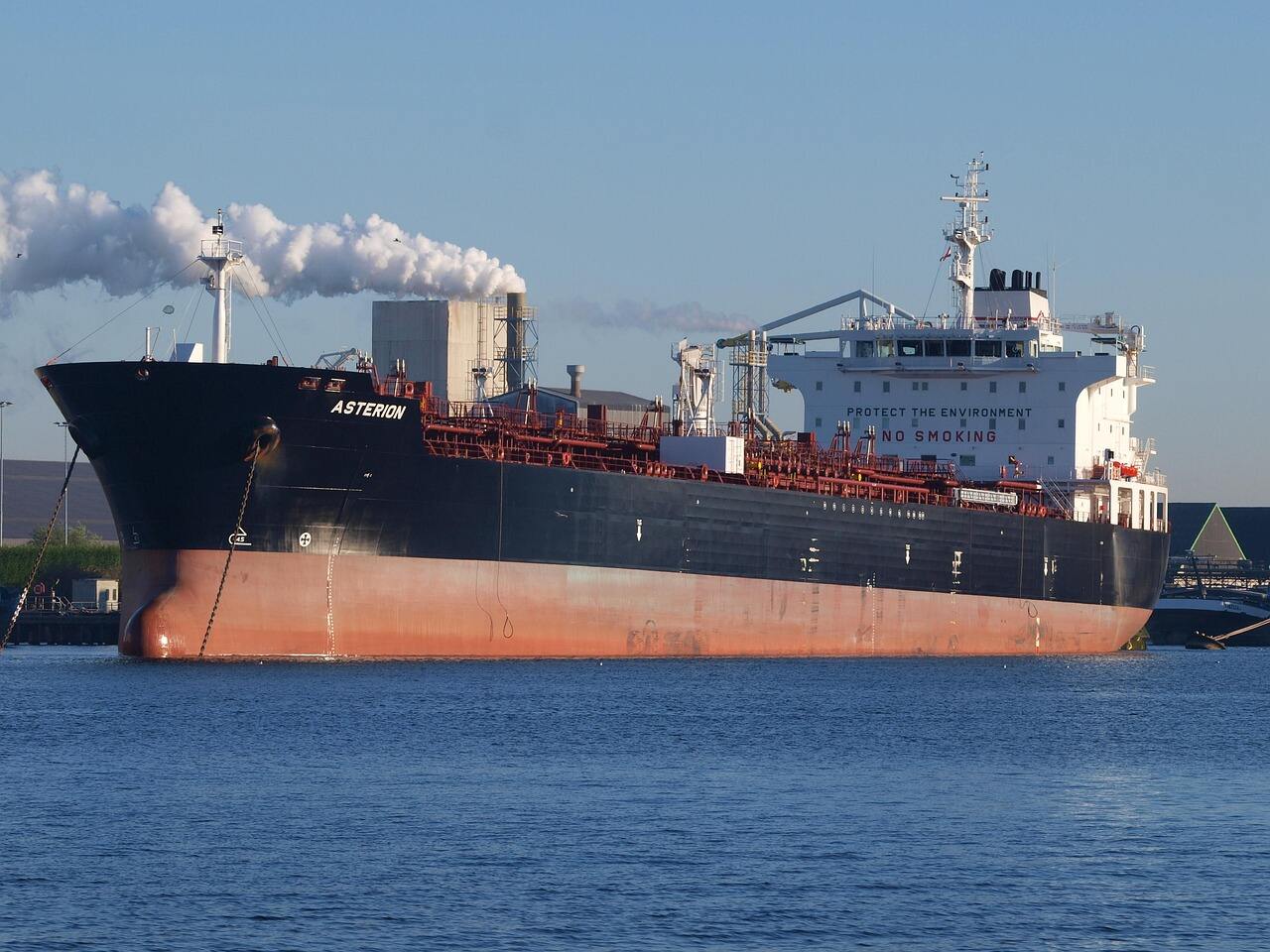The Evolution of Maritime Shipping in Global Trade
International sea freight has revolutionized the way goods move across continents, establishing itself as the backbone of global commerce. From humble beginnings of wooden vessels to today's massive container ships, maritime transportation has continuously adapted to meet the growing demands of international trade. The reliability of international sea freight stems from centuries of technological advancement, regulatory refinements, and operational expertise that have shaped modern shipping practices.
Core Benefits of Maritime Transportation
Cost-Effective Large-Scale Transport
One of the most compelling advantages of international sea freight lies in its exceptional cost-effectiveness for bulk shipping. Ocean vessels can transport enormous quantities of goods simultaneously, resulting in significantly lower per-unit shipping costs compared to air or land transportation. This economy of scale makes international sea freight particularly attractive for businesses moving large volumes of merchandise across global markets.
The cost benefits extend beyond mere volume capacity. Maritime shipping allows companies to optimize their supply chain expenses through consolidated shipments, reduced fuel consumption per unit, and efficient use of container space. These savings ultimately translate to more competitive pricing for end consumers while maintaining healthy profit margins for businesses.
Environmental Sustainability Advantages
In an era where environmental consciousness drives business decisions, international sea freight stands out as the most eco-friendly option for long-distance cargo transportation. Modern vessels are designed with advanced fuel efficiency technologies, reducing carbon emissions per ton of cargo transported. The maritime industry continues to make significant strides in adopting cleaner fuels and implementing environmentally responsible practices.
Shipping companies are increasingly investing in sustainable technologies, such as wind-assisted propulsion systems, solar panels, and hybrid engines. These innovations further enhance the environmental benefits of international sea freight, making it an environmentally responsible choice for global logistics operations.
Technical Innovations Enhancing Reliability
Advanced Tracking and Monitoring Systems
Modern international sea freight operations leverage sophisticated tracking technologies that provide real-time visibility of cargo movement. GPS systems, IoT sensors, and advanced communication networks enable shippers and customers to monitor their shipments continuously. This transparency enhances reliability by allowing for proactive problem-solving and better-informed logistics decisions.
Digital documentation systems and blockchain technology are revolutionizing cargo documentation, reducing paperwork errors and expediting customs clearance processes. These technological advancements have significantly improved the reliability and efficiency of international sea freight services.
Weather Navigation and Route Optimization
State-of-the-art weather forecasting systems and route optimization software have dramatically improved the predictability of ocean shipping. Modern vessels can navigate around severe weather conditions and choose the most efficient routes based on real-time environmental data. This capability not only ensures safer transport but also helps maintain consistent delivery schedules.
Advanced navigation systems integrate multiple data sources, including weather patterns, ocean currents, and port conditions, to determine optimal sailing routes. This sophisticated approach to voyage planning has made international sea freight more reliable than ever before.
Infrastructure and Global Network Strength
Strategic Port Facilities
The reliability of international sea freight is reinforced by an extensive network of modern port facilities worldwide. These ports feature advanced cargo handling equipment, efficient customs processing systems, and integrated multimodal transportation connections. The continuous development of port infrastructure ensures smooth cargo movements and reduced handling times.
Major ports have invested heavily in automation and digital technologies, streamlining loading and unloading operations. These improvements have significantly enhanced the reliability of international sea freight by reducing delays and optimizing cargo handling procedures.
Interconnected Transportation Networks
International sea freight benefits from seamless integration with other transportation modes, creating efficient door-to-door delivery solutions. Well-established connections with rail, road, and air transport options enable flexible and reliable multimodal shipping solutions. This interconnected network ensures cargo can move smoothly from origin to destination, regardless of geographical challenges.
The development of inland ports and dry ports has further strengthened the reliability of maritime shipping by providing additional handling capacity and reducing congestion at seaports. These facilities serve as crucial nodes in the global logistics network, enhancing the overall efficiency of international sea freight.
Frequently Asked Questions
How does weather affect international sea freight reliability?
While weather conditions can impact shipping schedules, modern vessels are equipped with advanced weather monitoring systems and route optimization technology. These tools allow ships to avoid severe weather patterns and maintain reliable delivery schedules by adjusting routes proactively.
What makes international sea freight more cost-effective than other transportation methods?
International sea freight achieves cost-effectiveness through economies of scale, allowing massive volumes of cargo to be transported simultaneously. This capability, combined with efficient fuel consumption and optimized container usage, results in lower per-unit shipping costs compared to air or land transport.
How do modern tracking systems enhance shipping reliability?
Contemporary tracking systems provide real-time visibility of cargo location, condition, and estimated arrival times. This transparency enables better planning, proactive problem resolution, and improved communication between all parties involved in the shipping process, ultimately enhancing reliability.



